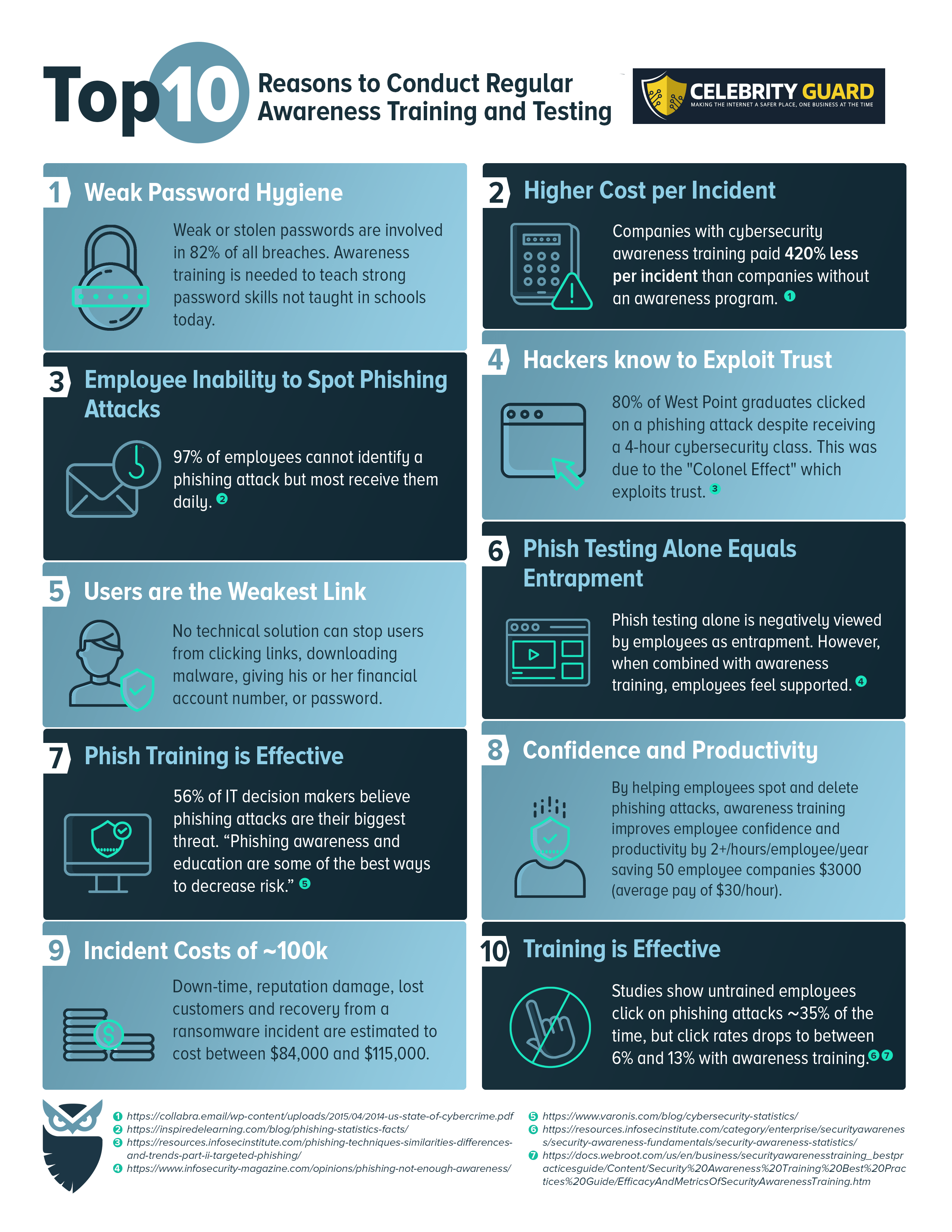In the ever-evolving landscape of cybersecurity threats, organizations are continually seeking effective ways to fortify their defenses against malicious actors. Phishing attacks, in particular, have become increasingly sophisticated, making it crucial for businesses to proactively train their employees to recognize and thwart these threats. In this blog post, we will delve into the significance of phishing testing for employees and how it plays a pivotal role in enhancing overall cybersecurity resilience.

Section 1: The Rising Threat of Phishing Attacks Phishing attacks have become a prevalent and sophisticated form of cybercrime, exploiting human vulnerabilities to gain unauthorized access to sensitive information. From deceptive emails to fake websites, attackers use various tactics to trick unsuspecting employees into divulging confidential data. Understanding the gravity of this threat is the first step towards building a robust defense.
Section 2: Why Employee Training Matters Employees are often the first line of defense against phishing attacks. However, without proper training, they may inadvertently fall victim to these scams. Implementing regular phishing testing for employees is a proactive approach to educating them on recognizing and mitigating potential threats. Through simulated phishing attacks, employees can learn to identify red flags, ultimately contributing to a more resilient organization.
Section 3: Benefits of Phishing Testing
a. Risk Reduction: Regular testing helps identify vulnerable areas within the organization, allowing for targeted improvements in security protocols.
b. Employee Awareness: Training sessions and simulations raise awareness among employees, empowering them to be more vigilant and security-conscious.
c. Behavioral Change: Consistent testing fosters a culture of cybersecurity, encouraging employees to adopt best practices in their daily interactions with digital platforms.
Section 4: Implementing Phishing Testing Programs
a. Customized Simulations: Tailor phishing simulations to mimic real-world scenarios that are relevant to your organization, ensuring employees are prepared for the tactics most likely to be used against them.
b. Continuous Learning: Regularly update and evolve training programs to keep pace with the changing landscape of phishing techniques and trends.
c. Feedback and Analysis: Provide constructive feedback to employees based on their performance during simulations, helping them understand their mistakes and reinforcing positive behavior.
Section 5: Choosing the Right Phishing Testing Solution When selecting a phishing testing solution, consider factors such as:
a. User-Friendly Interface: Ensure the platform is easy for both administrators and employees to navigate.
b. Comprehensive Reporting: Look for tools that offer detailed reports and analytics to track progress and identify areas for improvement.
c. Integration Capabilities: Choose a solution that seamlessly integrates with your existing cybersecurity infrastructure.
In an era where cyber threats are constantly evolving, organizations must prioritize proactive measures to safeguard their digital assets. Phishing testing for employees emerges as a crucial component of a comprehensive cybersecurity strategy, empowering individuals to be vigilant, resilient, and effective guardians of their organization’s security. By investing in employee training and utilizing cutting-edge phishing testing solutions, businesses can significantly reduce the risk of falling victim to phishing attacks and build a more secure future.
